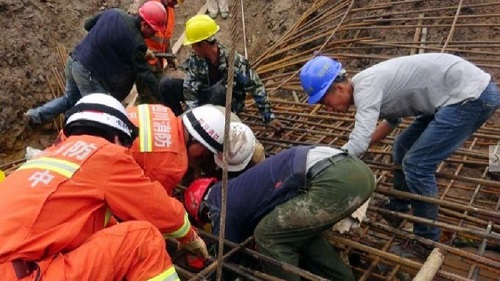
COVID-19 has (re)ignited conversations on workplace safety across the world, thus necessitating renewed attention on policies and practices in this regard. The International Labour Organization (ILO) estimates that each year 2.78 million workers die from occupational accidents and work-related diseases, and an additional 374 million workers suffer from non-fatal occupational accidents. ILO also posits that lost work days represent almost 4 percent of the world's GDP. The pandemic has only further complicated and exacerbated the existing precariousness of working conditions and occupational health. China's rapid economic and industrial growth, and significant diversification of the economy, also expanded the worlds of work in the country. However, this expansion - and prioritization of profit maximization - has also not been paralleled by safe working conditions and fair labour practices, as safety deficits have led to workplace accidents and even loss of life in many cases.
Using the pandemic as a starting point, this Analysis discusses some major features regarding workplace safety in China, its transition and positioning under market reforms, the legal-institutional framework that undergirds it, the dichotomy visible in practice in state-owned enterprises and non-state enterprises, thus moving on to discuss the glaring deficits that result in accidents at work. In conclusion, it also briefly looks at possible parallels in India.
© 2019 ICS All rights reserved.
Powered by Matrix Nodes